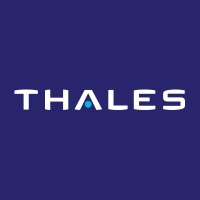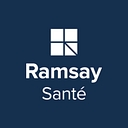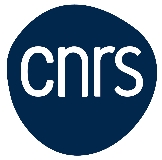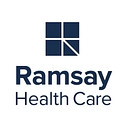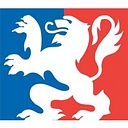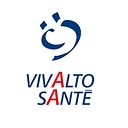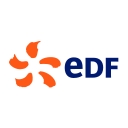
Companies that use Gravit
Gravit is a design tool for Mac, Windows, Linux, ChromeOS and the Browser made in the spirit for Freehand and Fireworks. It is completely written in HTML5, Javascript and CSS3. Gravit consists of the core engine called "Infinity", the actual Application and the core Module called "Gravit".
2,468
companies
List of companies using Gravit
Gravit customers by country
Gravit is used in 35 countries
Technology Usage Statistics and Market Share
How to target Gravit users
- How to customize this list?
You can customize this data to your needs by filtering for geography, industry, company size, revenue, technology usage, job postions and more. You can download the data in Excel or CSV format.
- How to be alerted when companies adopt this technology?
You can get alerts for this data. You can get started by selecting the technology you are interested in and then you will receive alerts in your inbox when there are new companies using that technology.
- How to import this data to my CRM?










